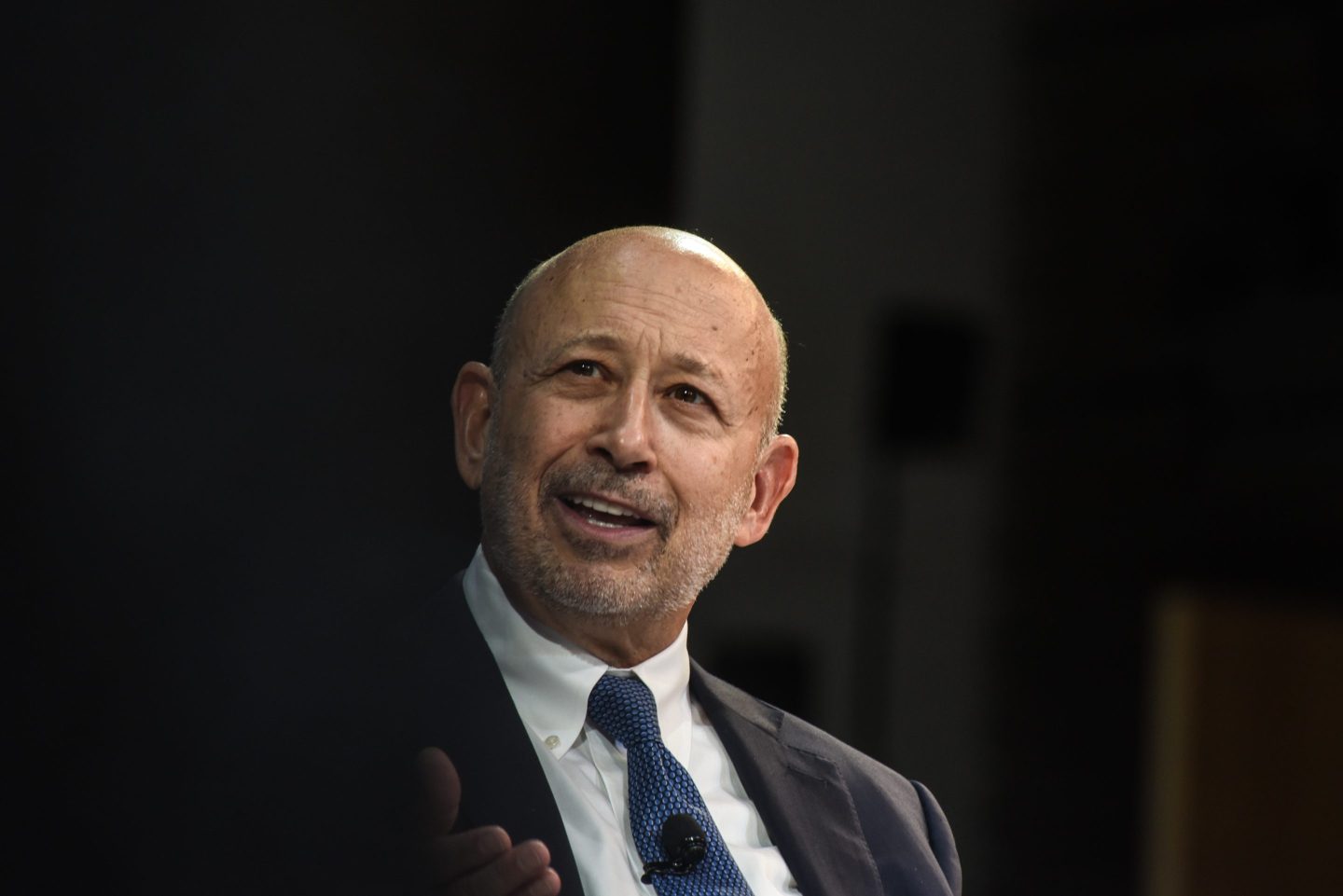This year’s plunge in Treasury rates hasn’t impressed the Congressional Budget Office.
The government’s cost of borrowing funds in the bond markets has tumbled since April, as the global economic outlook has dimmed. But the CBO’s rate forecast is little changed — suggesting forecasters there aren’t deeply concerned about the prospect of deflation, or falling price levels that threaten the economy by increasing debt burdens.

The CBO projected Thursday that short-term interest rates will start a steady rise in 2012. That is a year later than the CBO’s previous forecast, issued in January, and marks the third straight setback in the group’s forecast for a rate recovery.
But the CBO also raised its rate forecasts for what it calls the medium term, the years between 2015 and 2020. The message is clear: the government’s good fortune in borrowing at low rates now won’t come for free.
Interest rates will remain very low through the end of 2011 and then rise gradually as the recovery continues, CBO projects. The Federal Reserve is unlikely to raise its target for the federal funds rate (the interest rate at which depository institutions lend reserves to each other overnight) from its near-zero level while the recovery remains subdued and inflation stays low; therefore, the interest rate on 3-month Treasury bills averages 0.2 percent in 2010 and 2011 in CBO’s projections.
However, given CBO’s projection that the economy will strengthen and inflation will increase somewhat between 2012 and 2014, the projected 3-month Treasury bill rate averages 2.8 percent in those years.
The question now is whether even the latest downgraded CBO projections are still aggressive, given the weakness in the economy and the Fed’s preference to leave its short-term interest rate targets near zero till the recovery shows itself to be sustainable.
Take the rate on the three-month Treasury bill, for instance. It hasn’t closed above 1% since Sept. 30, 2008, and has spent most of 2009 and 2010 near zero as the Federal Reserve tries to reflate the economy.
The near-term forecasts show the CBO is starting to accept that any economic recovery will take a long time to take root. The CBO’s previous 2011 three-month Treasury rate forecasts were 0.7% in January, 1.7% last August and 1.8% in March 2009.
The group now says it expects the three-month Treasury bill rate to average 2.8% in 2012-2014. For comparison’s sake, the last time the three-month Treasury yielded that much was in January of 2008 – at a time when the fed funds overnight bank lending rate was 4.25%.
The CBO also calls for 10-year Treasury rates of 4.7% in 2012-2014 and 5.9% in 2015-2020. But the 10-year Treasury hasn’t traded at 4.7% since the fall of 2007.
Back then, few observers realized that banks were up to their ears in bad loans and that the decades-long credit expansion that had fed growth would soon go into reverse.
Three years later, some of the bad news is clearly behind. But it may be many years before interest rates approach the levels seen in that seemingly healthy economy.











